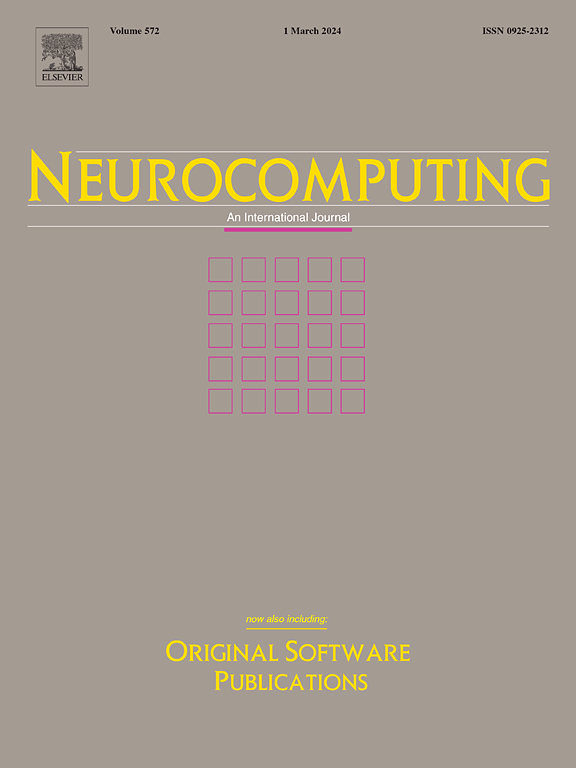HB-net: Holistic bursting cell cluster integrated network for occluded multi-objects recognition
IF 5.5
2区 计算机科学
Q1 COMPUTER SCIENCE, ARTIFICIAL INTELLIGENCE
引用次数: 0
Abstract
Within the realm of image recognition, a specific category of multi-label classification (MLC) challenges arises when objects within the visual field may occlude one another, demanding simultaneous identification of both occluded and occluding objects. While traditional convolutional neural networks (CNNs) address these tasks, they are often bulky and achieve only moderate accuracy. To overcome this limitation, this paper introduces HB-net, a novel integrated network framework inspired by the Holistic Bursting (HB) cell from cutting-edge neural science research. Built upon the foundation of HB cell clusters, HB-net is designed to address the intricate task of simultaneously recognizing multiple occluded objects within images. The framework incorporates various Bursting cell cluster structures along with an evidence accumulation mechanism to enhance performance. Testing on multiple datasets, including digits and letters, shows that models incorporating the HB framework achieve a significant 2.98% improvement in recognition accuracy compared to models without the HB framework (1.0298 times, p=0.0499). Although in high-noise settings, standard CNNs exhibit slightly greater robustness when compared to HB-net models, the models that combine the HB framework and EA mechanism achieve a comparable level of accuracy and resilience to ResNet50, despite having only three convolutional layers and approximately of the parameters. These findings of this study offer valuable insights for improving computer vision algorithms. The essential code is provided at https://github.com/d-lab438/hb-net.git.
求助全文
约1分钟内获得全文
求助全文
来源期刊

Neurocomputing
工程技术-计算机:人工智能
CiteScore
13.10
自引率
10.00%
发文量
1382
审稿时长
70 days
期刊介绍:
Neurocomputing publishes articles describing recent fundamental contributions in the field of neurocomputing. Neurocomputing theory, practice and applications are the essential topics being covered.
 求助内容:
求助内容: 应助结果提醒方式:
应助结果提醒方式:


